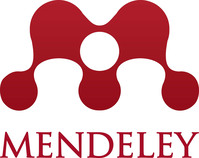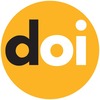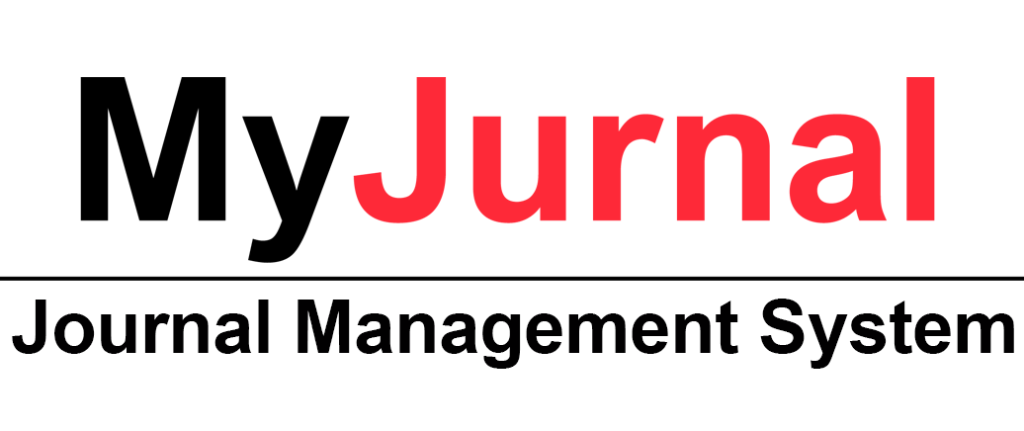The Use of Graphic Organiser on Second Language Students’ Writing Performance
DOI:
https://doi.org/10.31436/ijes.v11i2.491Keywords:
ESL writing, ESL learners, graphic organiser, writing pedagogy, descriptive essayAbstract
English as a Second Language (ESL) learners, especially in rural educational settings, continue to encounter challenges in acquiring fundamental writing skills. One possible factor is the lack of creative and innovative pedagogical approaches tailored to support the learners. In light of this, the present study examined the use of graphic organiser (GO) as a pedagogical tool on writing performance of Malaysian ESL learners. Twenty-seven intermediate students from a secondary school in Malaysia participated in a series of 11 writing sessions using GO in writing descriptive essays. The application of this GO in composing the descriptive writing was carried out throughout the writing lessons consisted of modelling, scaffolding, individual prewriting, drafting with peers and group writing. Using a qualitative study, the data analysis involved content analysis sourced from participants’ essay scripts. Guided by the CEFR framework, 54 descriptive essays were evaluated and analysed to observe changes in writing in terms of content, communicative achievement, language, and organisation. Participants' essays in Writing Task 1 (WT1) and Writing Task 2 (WT2) were compared to observe changes in their writing performances after the implementation of GO in the writing instructions. Results showed that the use of GO in developing descriptive essays has improved learners’ writing in all components. The study has revealed that successful writing requires differentiated and creative graphic organisers, accompanied by systematic writing activities for ESL learners to thrive in a challenging writing classroom.
Metrics
Downloads
Published
How to Cite
Issue
Section
License
Copyright (c) 2023 IIUM Press, International Islamic University Malaysia

This work is licensed under a Creative Commons Attribution 4.0 International License.
The Journal will own copyright to all published works and have the right of first publication, both in print and online, unless other arrangements are made with the Editors in advance. It is the author`s responsibility to ensure that where copyright materials are included within an article the permission of the copyright holder has been obtained beforehand.





















